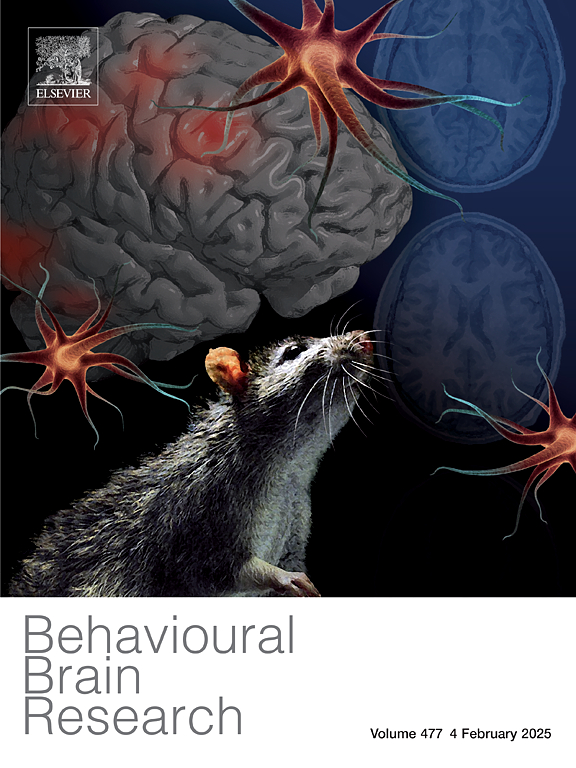Pattern-VEP findings in individuals with mild cognitive impairment
IF 2.6
3区 心理学
Q2 BEHAVIORAL SCIENCES
引用次数: 0
Abstract
Background
Visual evoked potential (VEP) is a technique used to evaluate the electrical response of the brain to visual stimuli. This study aimed to examine neural transmission in the visual pathway by VEP test in individuals with mild cognitive impairment (MCI) and compare it with age-appropriate controls and also investigate for a correlation between VEP parameters and cognitive test domains.
Methods
The groups consisted of 56 MCI and 50 healthy volunteers, aged 60–80 years, matched for age and education. Mini-Mental State Examination (MMSE) was applied to the participants for cognitive assessment. Patients were also subjected to other dementia screening tests and other treatable causes were excluded. In addition, groups were formed from those who completed the test. The pattern-reversal VEP method was used in this study.
Results
The mean MMSE score in the MCI group was 21.42 ± 1.55 points. Our findings showed that individuals with MCI had a longer left P100 latency compared to controls (p = 0.027). In addition, right N75-P100 and right P100-N145 amplitudes of VEP parameters were found to be positively correlated with the recall test, which is one of the MMSE domains (p < 0.05, rho: 0.399,0.314).
Conclusion
The evidence provided by this study supports the possibility of using pattern VEP with clinical parameters to evaluate MCI patients. In addition, a positive correlation between interpeak amplitudes and the recall test highlights the importance of the VEP test in these patients.
求助全文
约1分钟内获得全文
求助全文
来源期刊

Behavioural Brain Research
医学-行为科学
CiteScore
5.60
自引率
0.00%
发文量
383
审稿时长
61 days
期刊介绍:
Behavioural Brain Research is an international, interdisciplinary journal dedicated to the publication of articles in the field of behavioural neuroscience, broadly defined. Contributions from the entire range of disciplines that comprise the neurosciences, behavioural sciences or cognitive sciences are appropriate, as long as the goal is to delineate the neural mechanisms underlying behaviour. Thus, studies may range from neurophysiological, neuroanatomical, neurochemical or neuropharmacological analysis of brain-behaviour relations, including the use of molecular genetic or behavioural genetic approaches, to studies that involve the use of brain imaging techniques, to neuroethological studies. Reports of original research, of major methodological advances, or of novel conceptual approaches are all encouraged. The journal will also consider critical reviews on selected topics.
 求助内容:
求助内容: 应助结果提醒方式:
应助结果提醒方式:


